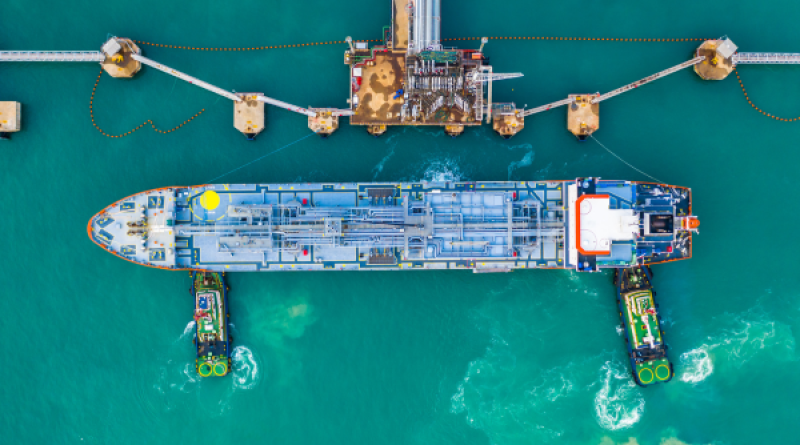If we take one message from last week’s IPCC climate change report – we are late to tackle the climate crisis. The impacts are already being seen and we must move immediately from plan to action to avert the worst-case scenario and catastrophe for the globe.
At Yara International, we feel that urgency intensely, not least because climate change is a major worry for the farmers we supply with sustainable fertilisers. It is why we are investing in green projects to demonstrate that our production could be run by renewables, if the energy supply was there at the scale required.
Lars Røsæg, Executive Vice President Corporate Development & Deputy CEO at Yara International.
It is also why we feel a growing sense of impatience to get moving with the solutions we have available. We make ammonia with hydrogen to produce our fertilisers. Because it has a high hydrogen content, ammonia can be used as a clean energy solution – transported to where it is needed through our global network and either burnt as zero carbon fuel or ‘cracked’ to release the hydrogen. It has a higher energy density than liquid hydrogen. It is easier to store and transport. And, unlike pure hydrogen, it is not highly explosive.
Right now we are pioneering new approaches to use renewable energy in our ammonia production, but we need the right market conditions to do it at a commercial scale. From what we know so far about the EU’s Green Deal Industrial Plan – mainly the Net Zero Industry Act and Hydrogen Bank proposals presented this month – it feels like a step in the right direction. But it does not yet instil the level of confidence needed for companies like us to take the big risks associated with putting massive investment into rapidly decarbonising in Europe.
Here are two key principles that could make the plan a success.
Keep it simple.
So far, the development of hydrogen in Europe has been strongly supported by the Innovation Fund but the support schemes are complex and heavily oversubscribed. Europe’s internal market rules rightly limit the options of member states to devise their own financial incentives, but also slow down the deployment of investment funding.
Let’s keep it simple. The US Inflation Reduction Act, for example, gives decarbonisers clarity that a hydrogen project, whether blue (made from gas with carbon capture) or green (made with renewables) will receive a tax credit to cover the extra production costs. While it is true that subsidies alone are no silver bullet, decarbonisers need a certain level of confidence over whether their investments will be supported or not. The Hydrogen Bank approach is auction-based, providing no certainty over whether a development project in clean energy is worth pursuing and whether it will receive public support.
Scale it up.
To decarbonise industry, we need hydrogen, and lots of it – but today there is not nearly enough renewable electricity generation capacity for green hydrogen to solve the challenge alone. Blue hydrogen is the obvious stop gap – it can be produced today with existing energy supply and minimal emissions through carbon capture and storage. It was encouraging to hear the office of EVP Frans Timmermans confirm they understand that reality themselves in a Euractiv event last week, so we hope to see more support coming to the fore for this solution in the months ahead.
The Net Zero Industry Act proposal misses a trick by focusing almost exclusively on technology. Technology alone does not a market make: in the short term, making Europe a centre for electrolyser production without considering the production of hydrogen itself means we may just end up being an electrolyser-exporting continent with little to no decarbonising effect in our part of the world.
We are also waiting for more clarity on how the ‘import pillar’ of the Hydrogen Bank will shape up. Even if there was a massive public investment in blue and green hydrogen in Europe, we would need to import extra clean hydrogen to meet growing demand. This is where clean ammonia’s value really comes into play: because it does not need to be stored at such low temperatures and high pressures as liquid hydrogen, it is more cost effective to transport over long distances. Yara has the existing global infrastructure to ship clean ammonia to where it is needed.
The last missing piece of the puzzle is the scale of funding. The Hydrogen Bank proposes an initial investment of 800 million euros for EU-based green hydrogen production. It pales in comparison to the US’ IRA, but most of all it’s hard to see how this limited amount can support the large-scale projects needed to get the hydrogen market off the ground and realize the ambition of RePowerEU. Emergency times call for emergency measures, and Europe must put its full weight behind investing in our clean energy future, before it’s too late.







